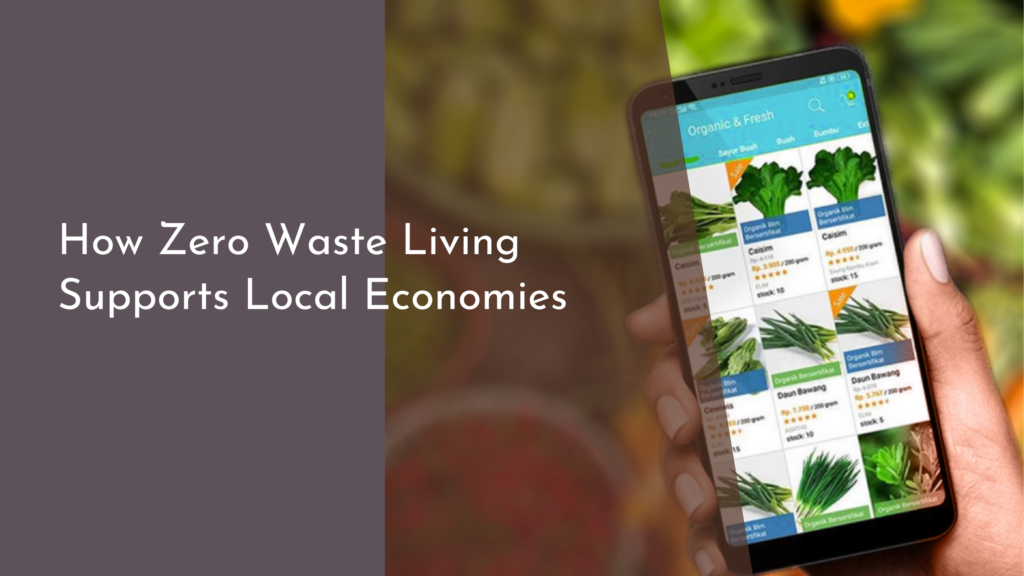Herbs for Enhancing Sustainable Urban Forestry
Urban forestry is not merely about planting trees; it’s about creating a vibrant and sustainable ecosystem within our cities. As cities grow and the demand for green spaces increases, the integration of herbs into urban forestry has emerged as a promising solution. Herbs not only enhance the aesthetic appeal of urban green spaces but also contribute to biodiversity, improve air quality, and offer various environmental benefits. This article will explore the significance of herbs in urban forestry, highlight the best herbs to include, and provide helpful tips for integrating them into urban projects.
Discover the Power of Herbs in Urban Forestry Efforts
Herbs possess unique characteristics that make them invaluable in urban forestry. They often have deep root systems that help prevent soil erosion and improve soil health. Additionally, herbs can attract pollinators, such as bees and butterflies, which are essential for the pollination of many plants, including trees. By creating a more diverse plant community, herbs enhance the resilience of urban forests and support a variety of wildlife. Their natural ability to thrive in various conditions allows them to flourish in urban settings, making them a practical choice for city planners and community gardeners alike.
Moreover, herbs can play a crucial role in mitigating urban heat islands—a common problem in densely populated areas. Many herbs have the capacity to cool their surroundings through evapotranspiration, thereby reducing ambient temperatures in urban settings. Incorporating herbs into urban forestry projects not only beautifies the landscape but also contributes to a healthier microclimate. The simple act of planting herbs can lead to a significant positive impact on urban environments, making them a fantastic addition to any green initiative.
Cultivating Biodiversity: The Role of Herbs in Cities
Biodiversity is essential for the overall health of ecosystems, and herbs are key players in enhancing this diversity in urban areas. They provide vital habitat for various organisms and can help maintain the ecological balance in city landscapes. By introducing a variety of herbs, urban forestry efforts can support a broader range of species, thereby contributing to a more resilient ecosystem. This diversity is particularly important in cities, where habitat loss and fragmentation can threaten the survival of many species.
Additionally, the cultivation of herbs can promote community engagement and education about the environment. Community gardens featuring herbs can serve as educational hubs where residents learn about native plant species, sustainable gardening practices, and the importance of biodiversity. This not only fosters a sense of stewardship among community members but also encourages them to participate in urban forestry initiatives actively. By incorporating herbs into urban landscapes, cities can create an interconnected network of green spaces that nurture both human and ecological communities.
Top Herbs to Boost Your Urban Green Spaces Sustainably
When considering which herbs to include in urban forestry projects, it’s essential to choose those that are not only beautiful but also beneficial to the environment. Some top contenders include lavender, which attracts pollinators and provides a delightful fragrance; rosemary, known for its culinary uses and drought resistance; and mint, which can thrive in various conditions and repel pests. These herbs are hardy and can adapt to urban settings, making them ideal choices for sustainable green spaces.
Another excellent option is echinacea, or coneflower, which not only attracts bees and butterflies but also boasts medicinal properties. Additionally, incorporating native herbs, such as wild bergamot and catnip, can help support local ecosystems while minimizing maintenance needs. By selecting the right herbs, urban forestry projects can create vibrant, sustainable landscapes that foster biodiversity and enhance the well-being of urban residents.
Tips for Integrating Herbs into Urban Forest Projects
Integrating herbs into urban forestry projects can be a rewarding endeavor, but it requires thoughtful planning. Start by assessing the specific conditions of your urban environment, such as sunlight, soil type, and water availability. Choosing herbs that are well-suited to these conditions will ensure their success. Additionally, consider the spatial arrangement of plants, allowing herbs to complement existing trees and shrubs while providing a habitat for pollinators and other beneficial insects.
Collaboration is also key when integrating herbs into urban forestry initiatives. Engage local community members, schools, and environmental organizations to create a sense of ownership and responsibility for these green spaces. Workshops and educational programs can be organized to inform the public about the benefits of herbs and how to care for them. By working together, communities can transform their urban landscapes into thriving ecosystems that celebrate biodiversity and promote sustainable practices.
Incorporating herbs into urban forestry projects can significantly enhance the sustainability and livability of our cities. By understanding the vital role herbs play in promoting biodiversity and improving urban environments, we can embark on initiatives that not only beautify our surroundings but also nurture the ecosystems that support us. So let’s embrace the power of herbs, cultivate our urban green spaces, and create a brighter, greener future for all. Together, we can make our cities more vibrant and sustainable, one herb at a time!

